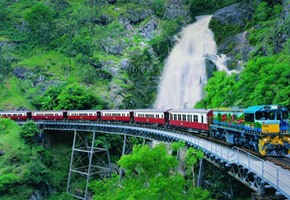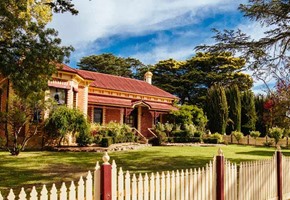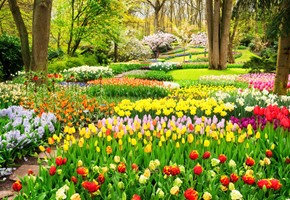German and English cultures
The three major towns of the Barossa Valley each have a
distinctive personality. Tanunda is generally recognised as the
most German of the three with long-standing traditions dating back
to the 1840s when the first German settlers arrived in the area.
Because many of them came from Prussian Silesia, they called the
Barossa Neu-Schlesien, or "New Silesia". The German influence
survives to this day. Angaston, in contrast, is considered the
English town as it was settled predominantly by Cornish miners and
others from Britain. The third town, Nuriootpa, was influenced by
both German and British settlers, and today is the commercial hub
of the Barossa where most of the larger stores are located.
Fine wines
During our time in the Valley, we will visit wineries and find
out about different styles of wines and their characteristics.
Taste some superb wines of the Barossa Valley, including plantings
of Shiraz, Cabernet Sauvignon, Riesling and Semillon and other
varieties from some seven hundred and fifty five grape growers in
the Barossa with an average vineyard size of 17.7 hectares.

















